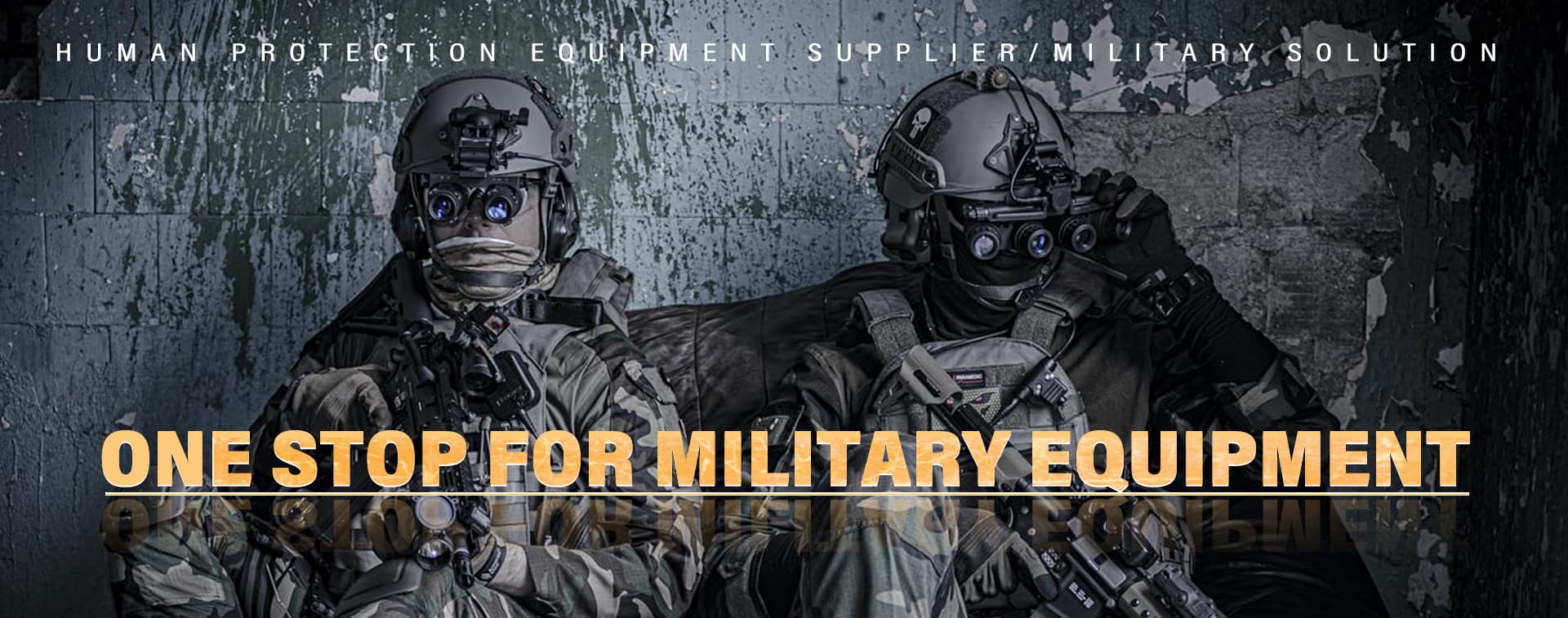Introduction about the Development of Bulletproof Clothing (Vest, Jacket, Shirt etc)
May 18, 2023
Introduction of Bulletproof Clothing
Bulletproof clothing is one kind of personal protective military uniform used to protect the human body (most important the human chest and abdomen, Vital organ) from bullet, projectiles or shrapnel, mostly in the shape of a vest, composed of inner bulletproof layer and outcover. Soldiers dressed with ballistic clothing can significantly reduce the mortality and injury rate in the field.
Development of Bulletproof Material
During the First World War, 80% of the total casualties on the battlefield were caused by low- and medium-speed stray bullets or fragments of bombs. Experts were inspired by ancient armor and developed the first generation of bulletproof clothing at the end of the war. In the Second World War, the casualties caused by shrapnel still accounted for about 60%. People paid more and more attention to the development of bulletproof clothing. In the early 1940s, the United States and some Western European countries began to develop alloy steel and aluminum alloys. In the 1960s, second-generation bulletproof clothing that replaced high-quality steel with high-quality chemical fiber materials began to appear. After the 1970s, bulletproof clothing had new developments with ceramic material which make the bulletproof protection level reach the highest.
In a word, Body armor can be divided into three types: soft, hard and composite. The material of soft body armor is mainly made of high-performance textile fibers. These high-performance fibers have much higher energy absorption capacity than general materials and endow the body armor with bullet-proof functions. And because this kind of body armor generally adopts the structure of textiles, it has considerable the softness and protection.
Hard body armor is originally made of special steel plates, aluminum alloys which are replaced by ceramic materials like aluminum oxide, silicon carbide and other hard non-metallic materials. The body armor made from this generally does not have flexibility.
The softness of the soft and hard composite body armor is between the above two types. It uses soft materials as lining and hard materials as panels and reinforcement materials. It is a composite body armor.
Detailed Info Need Known when Purchasing Bulletproof Vest
Bulletproof vests are a special type of personal protective equipment, mainly made of bulletproof material, designed to provide body protection and reduce or avoid attack from firearms, knives and other weapons. At present, bulletproof vests have been widely used in military, police, special forces, security, anti-terrorism and other fields. The following is a detailed introduction to the key words of bulletproof vests.
First, bulletproof material. There are many kinds of bulletproof materials used in bulletproof vests, such as polymer materials, metal materials, composite materials and so on. Among them, fiber material is currently the most widely used one, such as polymer polyethylene fiber, aramid fiber, ultra-high molecular weight polyethylene, etc., these materials have the advantages of lightweight, durable, flexible and so on.
Second, bulletproof standards. The bullet-proof capability of bullet-proof vests needs to be tested and evaluated by special bullet-proof standards, such as NIJ 0101.06, EN, GA, etc. When purchasing bulletproof vests, you need to select the corresponding bulletproof grade and certification standard according to the actual demand.
The third is the anti-cutting material. In addition to bulletproof features, some bullet-proof vests are also designed to prevent stabbing and cutting. Anti-stabbing cutting materials generally include metal mesh, glass fiber, ceramic plate and so on. These materials can effectively resist knife attacks and provide more comprehensive body protection.
In addition, the certification of bulletproof vests, debris protection, hard bulletproof plate, soft bulletproof materials, accessory configuration and wearing comfort are also important factors to be considered when buying bulletproof vests. In actual use, all kinds of factors need to be considered comprehensively to choose a suitable bulletproof vest.
To sum up, bulletproof vest is a very important personal protective equipment, for the personnel who need to carry out high-risk tasks, has an irreplaceable role. When buying a bulletproof vest, you need to fully consider various factors and choose the right vest for you.
Ballistic Performance
The ballistic performance of body armor is mainly reflected in the following three aspects:
1. Anti-pistol and rifle bullets At present, many soft body armors can protect against pistol bullets, but to protect against rifle bullets or higher energy bullets, ceramic or steel reinforced plates are required.
2. Bulletproof debris. High-speed fragments produced by explosions of various explosives such as bombs, landmines, artillery shells and grenades are one of the main threats on the battlefield. According to investigations, the order of threats faced by soldiers in a battlefield is: shrapnel, bullets, blast wave, and heat. Therefore, the function of the protection against bulletproof debris must be emphasized.
3. Prevention of non-penetrating damage. The bullet will produce a great impact after hitting the target, and the damage produced by this impact on the human body is often fatal. This kind of injury does not show penetration, but it can cause internal injuries, and severe cases can be life-threatening. Therefore, preventing non-penetrating damage is also an important aspect of the ballistic performance of body armor.
Contact us if you want to know more details or purchase Bulletproof vest!
Read More
